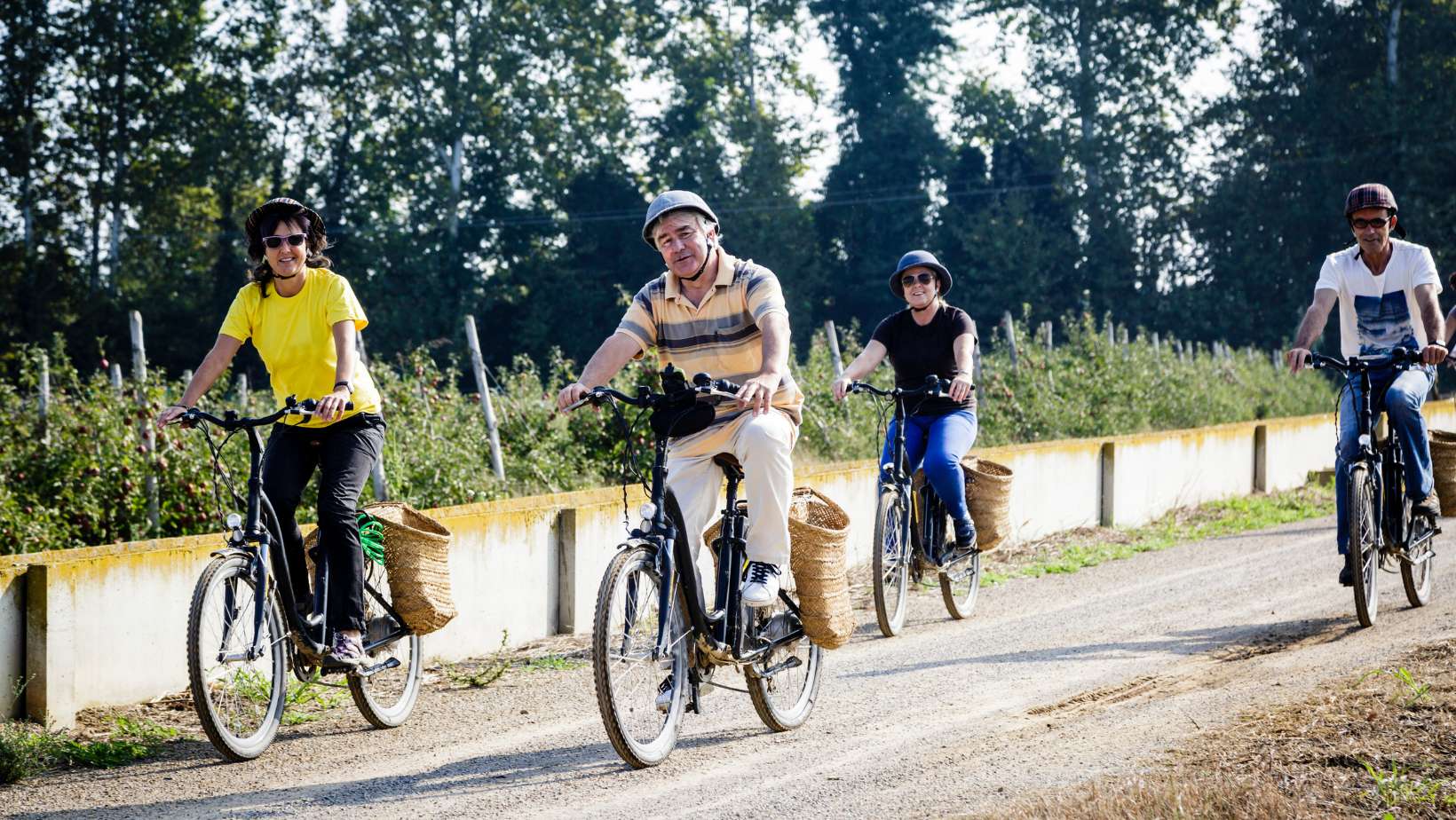Electric bikes first came into the market in 1895 and have progressed since then. Although the bikes are much similar to conventional bikes, they include auxiliary batteries, heavy-duty motors, and display screens.
The main distinguishing point of electric bikes is their economy and efficiency. There are different aspects on which you can classify electric bikes, for instance, according to battery sizes, tire width, motor type, etc. However, the classification based on adaptability and functioning is the most common.
Troxus Mobility, a recommended bike brand, sells all kinds of e-bikes. You can check out their amazing products by visiting https://www.troxusmobility.com/.
Types Of E-Bikes Based on Use Case
This class of e-bikes is named after their use, the standard classes every manufacturer sells. Let's take a look.
Commuter
Commuting or commuter e-bikes are the most popular and yet the most misunderstood. As the name specifies, these bikes are designed for commuting everyday transport requirements. You can carry cargo, deliver goods, grocery packages, etc.
However, commuter e-bikes are slightly heavier, and the weight lowers their top speed. Commuting bikes are mainly designed to provide endurance and comfort rather than top speed. Commonly, commuting bikes have a maximum speed of 12 to 15 Mph, which is sufficient for everyday activities.
Off-Road
Off-road e-bikes are better adapted to harsher terrains like mud, sand, snow, etc. However, off-road bikes are more costly due to heavy-duty tires, motors, and frames. Therefore, they prove expensive for everyday cycling needs as so much power is unnecessary.
The high-end suspension and motor systems provide peak performance on uneven planes. Lightweight vehicles are more suitable for off-roading. Therefore, off-road bikes don't have passenger seats or carriers.
Camping
Off-road bikes can handle tougher terrains but have minimal attachment features. Consider an illustration. Suppose you want to carry a luggage trolly to your camping destination. An off-roading bike will get you there swiftly. However, there are rare chances the bike has built-in attachments. You’ll need to purchase them, ultimately increasing the expense.
On the other hand, a commuter bike can carry cargo. But since they have less speed, the overall travel time increases. Here camping e-bikes come to your rescue.
Camping e-bikes are designed to resonate with camping needs. They have the necessary attachments and accessories you might need on your camping trip.
Types Of E-Bikes Based on Functioning
The next classifiable aspect of e-bikes is their working mechanism. According to speed and throttle, electric bikes are divided into three categories.
Class 1: Class 1 bikes are the most basic, with a maximum speed of 20 Mph. However, there is an electric motor incorporated to assist propulsion.
Class 2: Class 2 e-bikes have a top speed similar to Class 1 e-bikes (20 Mph). They have an additional throttle feature for heavier jobs. Like the Class 1 e-bikes, class 2 bikes use motorized mechanisms to assist the peddling.
Class 3: Lastly, there are the Class 3 e-bikes with a 28 Mph speed. However, there are no throttle systems involved.
Conclusion
There are different types of e-bikes available in the market. Therefore, the ideal approach is to decide where you want to use your e-bike. You can choose a commuter, camping, or off-road e-bike. The next thing is to pick the right class.
For that, consider the nature of your work. Do you need more throttle, or is it better if your bike has more speed? For outdoor activities, like camping and traveling, you can choose a camping e-bike. For vigorous activities, off-road ones work best.


